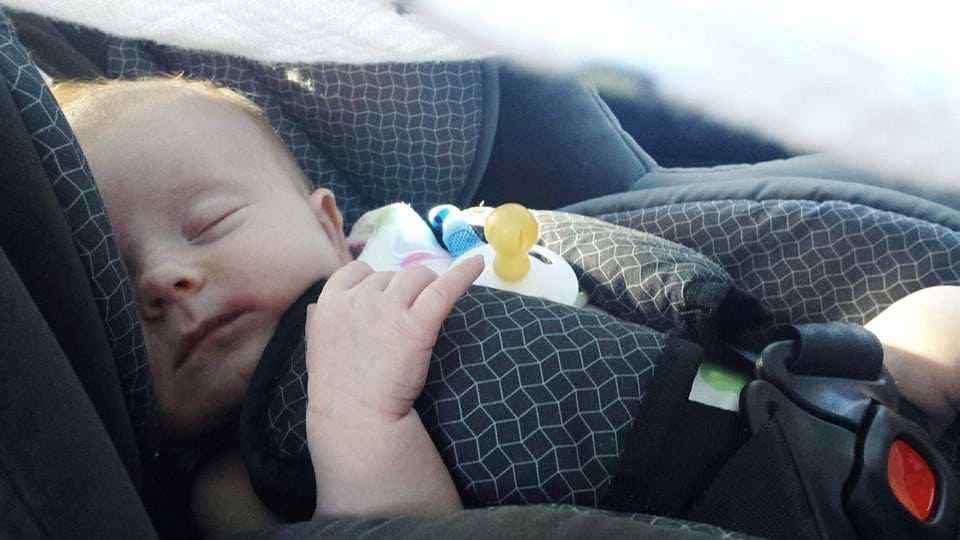Baby’s First Ride Home in a Car Seat
New parents are tasked with making sure that your infant’s first ride home is as safe as possible. Most of us have common sense when it comes to safety, but car seats are difficult for even the most competent of us. Amidst straps, buckles, bad installation directions, a wailing baby, and general anxiety, we all have the potential to get it wrong.
A 2015 publication, Unsafe from the Start: Misuse of Car Safety Seats at Newborn Discharge, researchers found car seats to be largely misused by new parents/guardians. Over the years, there have been increasingly more restrictions on how your baby can ride in the car. But even with the rigid rules regarding car seats, parents and guardians are still using them wrong. There might be a link to misuse of car seats in older children as well.
Out of 291 families, 95% of parents/guardians failed at properly using a car seat. These 95% made at least one mistake in installing or positioning an infant in a car seat. Researchers also found that half of the group made at least five mistakes related to the position of the harness on the baby, the angle of recline, or seat belt errors. However, families who worked with “safety technicians” before delivery made significantly fewer errors.
Having the Right Seat
Every state requires parents to have a car seat for their baby. This means that absolutely no one is legally allowed to drive home with their baby in their arms. The seat should fit your baby right, with harness fitting snug (but not too snug) over baby’s shoulders and across their chest. Most babies, if not all, will require a chest clip in order to hold them in properly.
The AAP (American Academy of Pediatrics) recommends a rear-facing seat until 2 years of age. For some car seats, the manufacturer has height and weight recommendations for when your infant can face forward. Most hospitals require that you bring the car seat into the hospital so the staff can check to be sure you’re using it right. Take advantage of the help! Go slow, ask questions, and double-check everything.
Head Support
Invest in head support for your infant’s fragile head and neck. Many of your infant’s bones are still fusing and their muscles take months of development in order to support their heads. Use head support so their head doesn’t move with every turn your car takes.
Tips for Using Car Seats
- Practice before birth (not in the hospital parking lot)
- Learn about car seat types
- Read age & size recommendations
- Look up ease-of-use ratings
- Consider safety ratings
- Learn how to install the seat
- Register car seats for any updated notifications on recalls
Check out HealthyChildren.org for an AAP-approved page on car safety seats. For questions or comments, respond to this blog or contact us!




